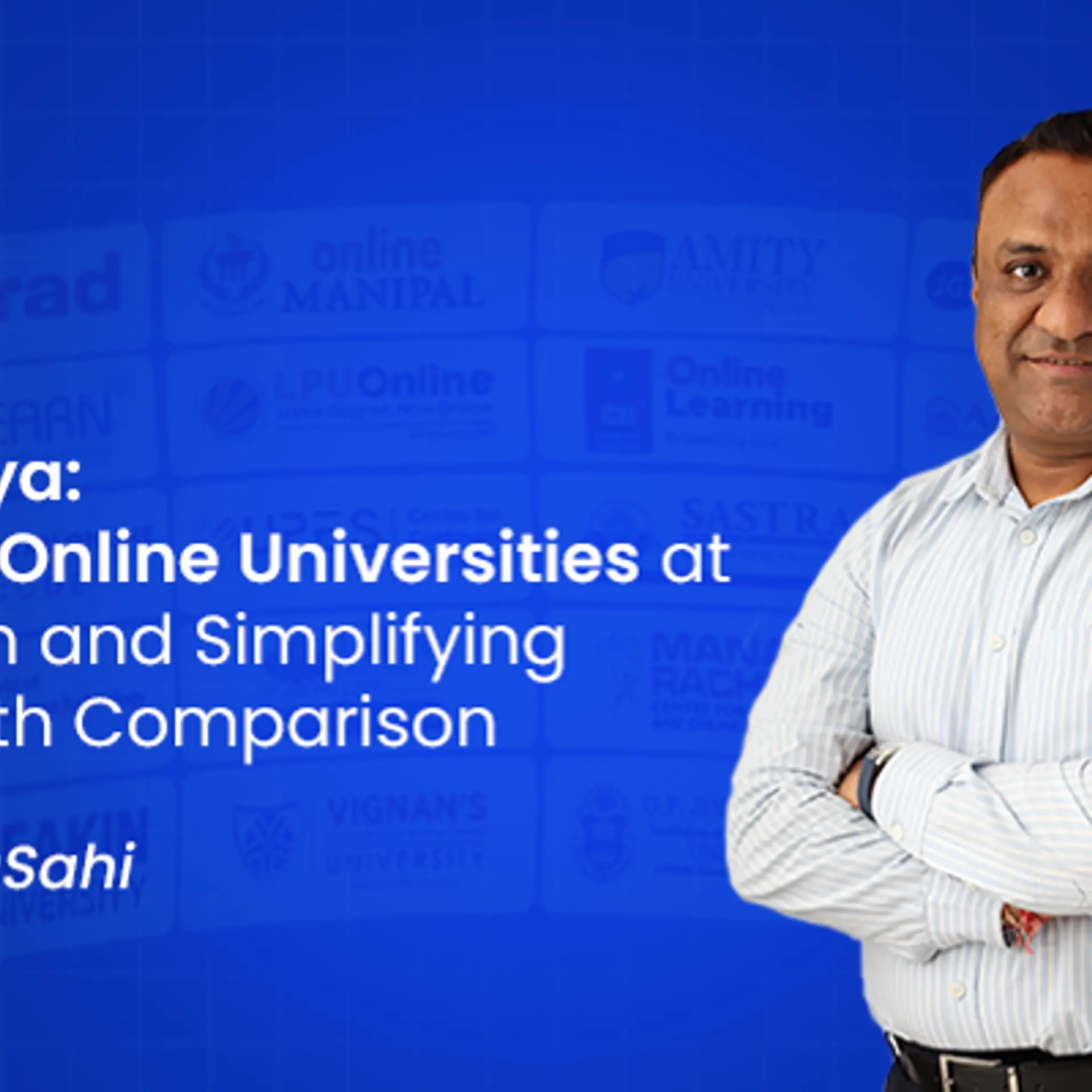Process and product innovation are key to revolutionise access to finance: Rajesh Bansal of RBIH
In the context of the Open Digital Ecosystems landscape, Rajesh Bansal, CEO, Reserve Bank Innovation Hub shed light on the ways in which an ecosystem of players can build new solutions to drive greater financial inclusion.
The success of the Unified Payment Interface and Aadhaar in India marked a key paradigm shift towards building Digital Public Infrastructure (DPI) across sectors. Open Digital Ecosystems (ODEs) build on the DPI concept. Put simply, ODEs are open and secure digital platforms that enable a community of actors to unlock transformative solutions for society, based on a robust governance framework. These platforms enable interoperability between siloed systems that innovators can build solutions on by utilising open-source software, open data, open standards, open licenses and open APIs.
The country’s ODEs could collectively generate an economic value of over $500 billion or 5.5 percent of India’s projected GDP in 2030, according to a study by investment firm, Omidyar Network India and Boston Consulting Group.
As a part of its decODE Conversations, Omidyar Network India Partner, Varad Pande spoke with Rajesh Bansal, CEO, Reserve Bank Innovation Hub (RBIH) on ‘Enabling Innovation: Financial Inclusion and the Open Digital Ecosystems landscape’. The discussion highlighted three major milestones along the journey of innovation in this space – the foundational phase, where digital rails were set up for different players to build upon; current innovations, their role in driving adoption and uptake of digital financial tools, and the non-tech levers that are necessary to guide the way ahead. The discussion also delves into learnings that can be leveraged in the future, and the startup-level engagement needed to help drive the next phase of innovation.
Building public infrastructure for a digital world
Foundational technology has played a key role in where India’s digital financial inclusion drive is today. Explaining the role of Open Digital Ecosystems, Varad said, “The key difference between the ODE approach and traditional tech systems is scalability, which is built into an ODE’s design and the potential it offers. Businesses can leverage the existing innovation of an ODE by building on top of its technology, rather than building everything on their own.”
More than a decade ago, the Government of India decided to set up a unique ID system and later created the Unique Identification Authority of India (UIDAI). Rajesh – who was former Assistant Director General, UIDAI, the anchor entity behind the foundation of Aadhaar – said that although there were many technologies involved in the making of this ID, consumers need not worry about the complexity of the backend and enrolment would be as easy as possible. Considering that a major chunk of the Indian population did not have access to mobile phones and the internet in 2009-10, UIDAI came up with a unique design of the Aadhaar card, a physical letter-like document and contains unique identification information.
Further, to help consumers easily open a bank account, e-KYC (Electronic-Know Your Customer) was developed as a foundational step towards an Aadhaar-enabled payment system. “As a result, anyone can instantly open a bank account anywhere in the country without even carrying a document. Their number and fingerprint are all that’s required to open a bank account,” said Rajesh.
Can innovation in tech drive inclusion?
The conversation also explored the next wave of innovations needed to ensure that financial services reach the next half billion.
The speakers discussed the need to ensure that the net is cast wide, so that previously unaccounted-for segments also receive the benefits of transformational public service delivery.
Based on an audience survey, RBIH, the wholly-owned subsidiary of the Reserve Bank of India, found that people were struggling to use processes like KYC and E-KYC. So an independent board, including Rajesh, created RBIH with the aim to use technology infrastructure to ensure frictionless finance for a billion Indians. As a part of that, RBIH started working on three important pillars of innovation.
“To give easy and frictionless access to financial tools and credit to a billion people in India, we need to work on three important pillars of innovation. First, we need to work on process innovation,” Rajesh said. Citing an example, he discussed how tech innovation helped ease credit flow in the agriculture sector to help farmers avail of existing Kisan Credit Cards by changing paper-based processes with longer turnarounds to frictionless, convenient, and less time-consuming ones.
The second pillar, he mentioned, was product innovation. Rajesh discussed the need to keep the consumer at the heart of development, citing the example of a financial product that would let borrowers repay the borrowed amount in daily instalments. With the help of e-KYC, this can be achieved. Moreover, paying in small instalments daily becomes easier than paying a lump sum amount at the end of the month, especially for a poor farmer or a vegetable vendor. Because of the low digital wage, the cost of the collection can also be reduced, indicating a win-win situation for both the borrower and the lender.
Rajesh highlighted how RBIH is working with industry players to drive greater inclusion with the help of innovation in tech. He further added that RBIH is acting as a bridge between banks and fintech companies, by bringing all the stakeholders together.
Role of startups and the way ahead
The speakers shed light on the need for ecosystem-wide, distributed problem solving; building consumer trust; agile and responsive grievance redressal, and lessons learned from the Global south’s experience with digital financial inclusion.
“From the product innovation standpoint, a lot of interest is seen that aims to solve the problem of inclusion – whether it is a micro-insurance product or a pathway where we can think of using people’s digital footprints to provide them with a credit instead of traditional collateral. We are not only investing in such fintech startups but also seeing how banks and fintech startups can work together sustainably to improve customer convenience,” mentioned Rajesh while talking about the role of startups in driving innovation in tech in the ODE approach.
Rajesh also mentioned that five different banks can have five different requirements from a fintech company. This can lead to bottlenecks for the ecosystem. As a result, the RBIH is discussing a standardised set of requirements that bank systems can use. Moreover, he mentioned that they are working towards finding a way through which they can use technology to resolve disputes and solve financial sector challenges to improve consumer trust in the sector.
In conclusion, Rajesh said that to transform and build financial solutions like India’s UPI, the governments of the Global South can step in and solve the problem, instead of letting the market decide whether interoperability is possible between government and private institutions. “For instance, the Indian Government took the initiative and on top of that, the private sector is innovating. Similarly, the governments of the Global South countries must work as enablers,” he added.
To know more about Open Digital Ecosystems,








